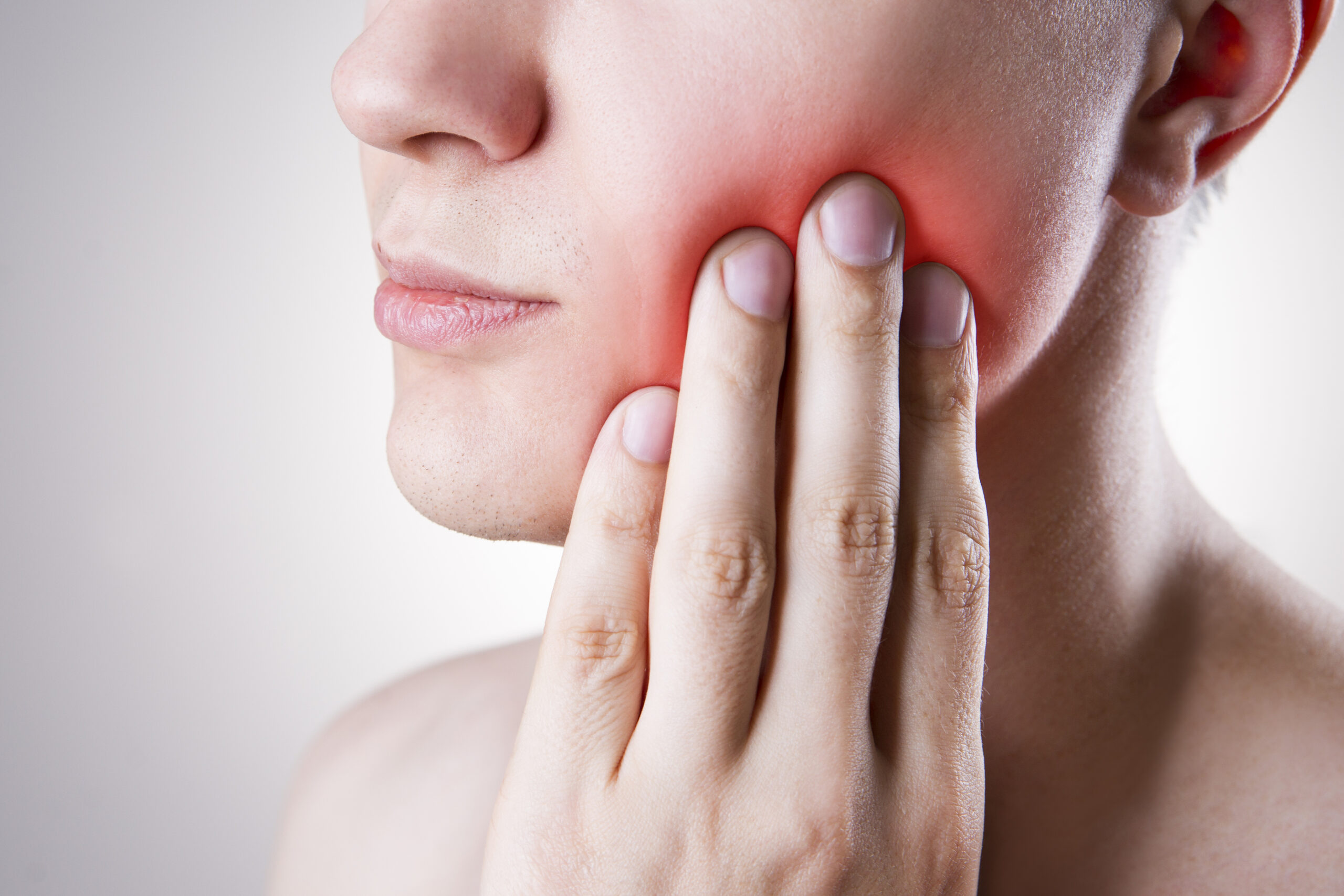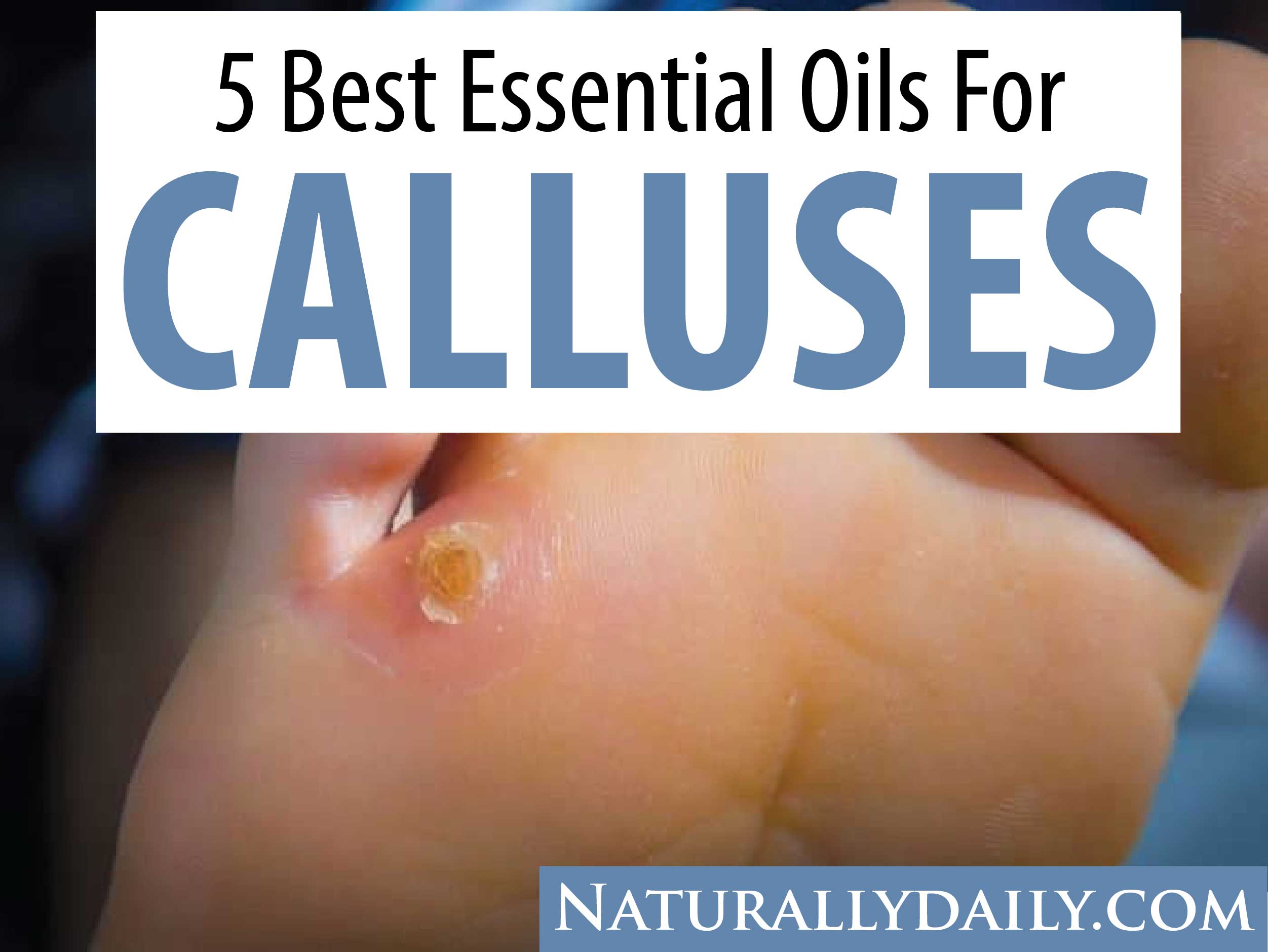Did you know that gallstones are more common in women, older people and overweight people? Moreover, almost 80% of patients do not experience symptoms of gallstones?
Although gallstones within the gallbladder often cause no problems, if there are many or very large gallstones, it may cause excruciating pain [1].
Moreover, any blockage of any ducts can lead to severe consequences if not addressed immediately [1].
However, guess what? There is a solution to this problem!
Essential oils, work best to prevent or lessen the occurrence of gallstone as they’re very safe and effective.
Moreover, people who are more prone to gallstones have used such natural remedies to reduce the occurrence of gallstones.
So keep reading this article to know some of the best essential oils for gallstones.
Moreover, also in this article, you will find:
- What Causes Gallstone?
- Essential Oils to Reduce the Occurrence Of Gallstones
RELATED: 5 Best Essential Oils for Kidney Stone and Pain Relief
What Causes Gallstones?
Gallstones aren’t stones as the name says, they’re in fact pieces of solid or hardened materials formed in the gallbladder [1].
Gallstones are mainly composed of bilirubin, cholesterol, and calcium salts, with smaller amounts of protein and other materials.
The reason why having gallstones is such a worrisome thing is because you might not even know that you have them until they block a bile duct, causing severe pain.
However, there are two types of gallstones:
- Cholesterol stones – they are usually yellow or green in color and the most common kind, accounting for 80% of gallstones.
- Pigment stones- they are smaller and darker, made up of bilirubin.
Several reasons cause gallstones such as:
- Weight
- Diet (too much cholesterol)
- Genes
- Problems with gallbladder (e.g., if your gallbladder can’t empty properly)
- Liver disease or blood disease
- Birth control pills
Although several factors contribute to gallstones, it’s believed that gallstones mainly arise when the bile contains too much cholesterol and the gallbladder doesn’t empty properly [1].
What Are the Symptoms of Gallstones?
Gallstones, formed in the gallbladder can be of any size; it varies from the grain of sand to a size as large as a ping-pong ball [2].
The size of gallstones mainly determines the symptoms of gallstones.
Although gallstones show no signs or symptoms, however, due to the presence of a gallstone lodge in a duct or a blockage, you might experience sudden and rapidly intensifying pain [2].
Some of the visible signs of gallstones after a blockage includes:
- Rapid and intensifying pain in the upper right portion of the abdomen
- Sudden and intensifying pain in the center of your abdomen, just below your breastbone
- Nausea or vomiting
- Pain in the shoulder, mainly the right shoulder
- Back pain between your shoulder blades
Such intensifying pain and symptoms require immediate surgical removal of gallstones.
However, for people with gallstones that don’t cause any signs and symptoms can use essential oils to reduce the occurrence of gallstones.
RELATED: 10 Research- Backed Essential Oils for Back Pain Relief+ Directions
3 Best Essential Oil Home Remedies for Gallstones
Pure essential oils come from plants and contain immune-boosting and cleansing properties [3].
1. Lemon Oil
 Lemon, also known as Citrus limon, belongs to the Rutaceae family.
Lemon, also known as Citrus limon, belongs to the Rutaceae family.
Lemon plants are widely grown and used in many countries all over the world, although they are native to Asia.
Lemon helps to cleanse toxins from the body, and it’s widely used to stimulate lymphatic drainage, rejuvenate energy, purify skin, and fight bacteria and fungi.
Lemon essential oil is formed from cold-pressing the lemon peel as the peel contains most of the nutrients due to its fat-soluble phytonutrients [4].
Lemon essential oil contains many natural compounds, including terpenes, sesquiterpenes, aldehydes, alcohols, esters and sterols [4].
In a clinical test, found that due to the presence of d-limonene as its principal component, helps to dissolve gallstones.
Other phytonutrients that are natural compounds in lemon, also help in breaking gallstones and cleansing the gallbladder.
RELATED: 10 Ways Lemon Oil Can Benefit your Health
2. Peppermint Oil
Peppermint, also known as Mentha piperita is an aromatic perennial plant belongs to the Lamiaceae family and grows throughout North America, Asia, and Europe.
Peppermint oil is harvested mainly in the morning as noon sun reduces the oil content.
There are many uses of peppermint oil which includes treatment of tension, headache, relief of colonic spasm in patients undergoing barium enemas [5].
Peppermint oil is used to alleviate the symptoms of irritable bowel syndrome (IBS) [5].
Due to its relaxing effects on smooth muscles, peppermint oil is widely used all over the world for treating such health problems [5].
A study conducted in 2003, used both caraway oil and peppermint oil to study the effect of these oils on the gall-bladder emptying [6].
The results showed complete inhibition of gall-bladder emptying due to both oils and n-butylscopolamine in 12 healthy individuals [6].
The effect was so as peppermint oil aids in digestions by stimulating the flow of bile.
As a result, peppermint oil has a relaxing effect on the gall-bladder, and it slows small intestinal transit [6].
Apart from this, peppermint oil helps to ease inflamed tissues, calm muscle spasms or cramps, and inhibit bacteria and microorganisms due to their pain-relieving and infection-preventing qualities.
RELATED: 12 Health Benefits of Peppermint Oil + (How to Use It)
3. Rosemary Oil
 Rosemary is also known as Rosmarinus officinalis L, is one of the most economically important species of the family Lamiaceae [7].
Rosemary is also known as Rosmarinus officinalis L, is one of the most economically important species of the family Lamiaceae [7].
Rosemary has numerous properties such as antibacterial, anticancer, antidiabetic, anti-inflammatory and antinociceptive, antioxidant, antithrombotic, antiulcerogenic, improving cognitive deficits, antidiuretic and hepatoprotective effects [7].
Essential oils of rosemary contain 1,8-cineole, α-pinene, camphene, α-terpineol, and borneo as their principal components that are responsible for its antioxidant and antimicrobial properties [7].
The other group of secondary metabolites of rosemary is polyphenolic compounds that include the flavonoids (e.g., homoplantaginin, cirsimaritin, genkwanin, gallocatechin, nepetrin, hesperidin, and luteolin derivatives) and phenolic acid derivatives [7].
These components help in cleansing and soothing inflammation in the gallbladder.
RELATED: 13 Health Benefits and Uses of Rosemary Oil (Backed by Evidence)
How to Use Essential Oils for Gallstones
Here is the best method of using the essential oils for gallstone pain relief:
- You need a few drops of any of the above essential oils
- Rub it in between your palms to soothe nausea or add 3-4 drops of the oil in your palms and use it as an inhalation method to calm your nerves
- Alternatively, you could combine the essential oils with a carrier oil. For example, coconut, sesame, etc. and use topically for abdominal pain
- Using aromatherapy with such essential oils and applying on the neck and shoulder can help boost your mood, and reduce fatigue
- You can even massage a few drops of this oil on your abdomen during intense pain
Bottom Line
Since digestive issues mainly cause gallstones, essential oils can reduce his/her health issues.
You can use these essential oils regularly to soothe the discomfort of gallstones or during intensifying pain.
However, if the pain persists, be sure to contact a medical professional first as gallstone’s symptoms shouldn’t be taken lightly or ignored.
One must keep in mind that essential oil doesn’t completely remove the gallstones as gallstones in the bladder are only surgically removed. Essential oils can be used only during the initial stage to reduce the degree of gallstones.
Even then, it’s advisable to consult a doctor as not all essential oils have the same effect as some individuals may have adverse side effects on topical application of such essential oils.
So it is very crucial to take time and do proper research before using any essential oil.
READ NEXT: 10 Home Remedies for Gallbladder Pain (& How to Use Them)





